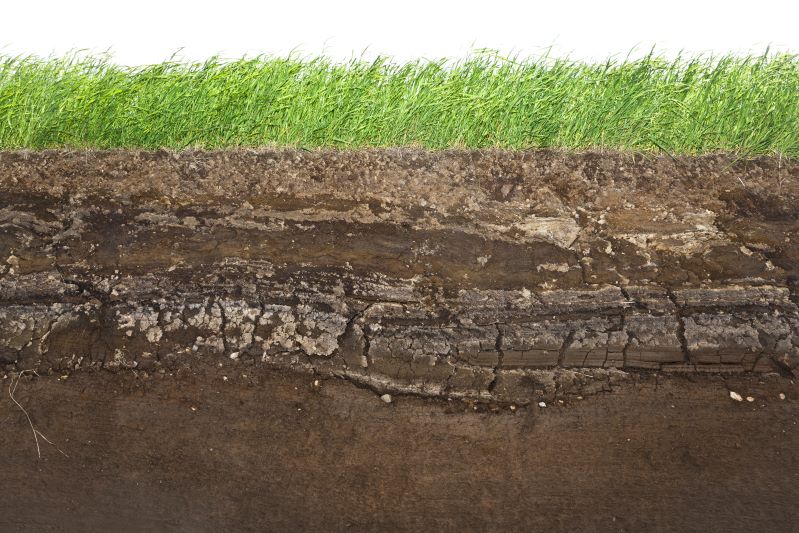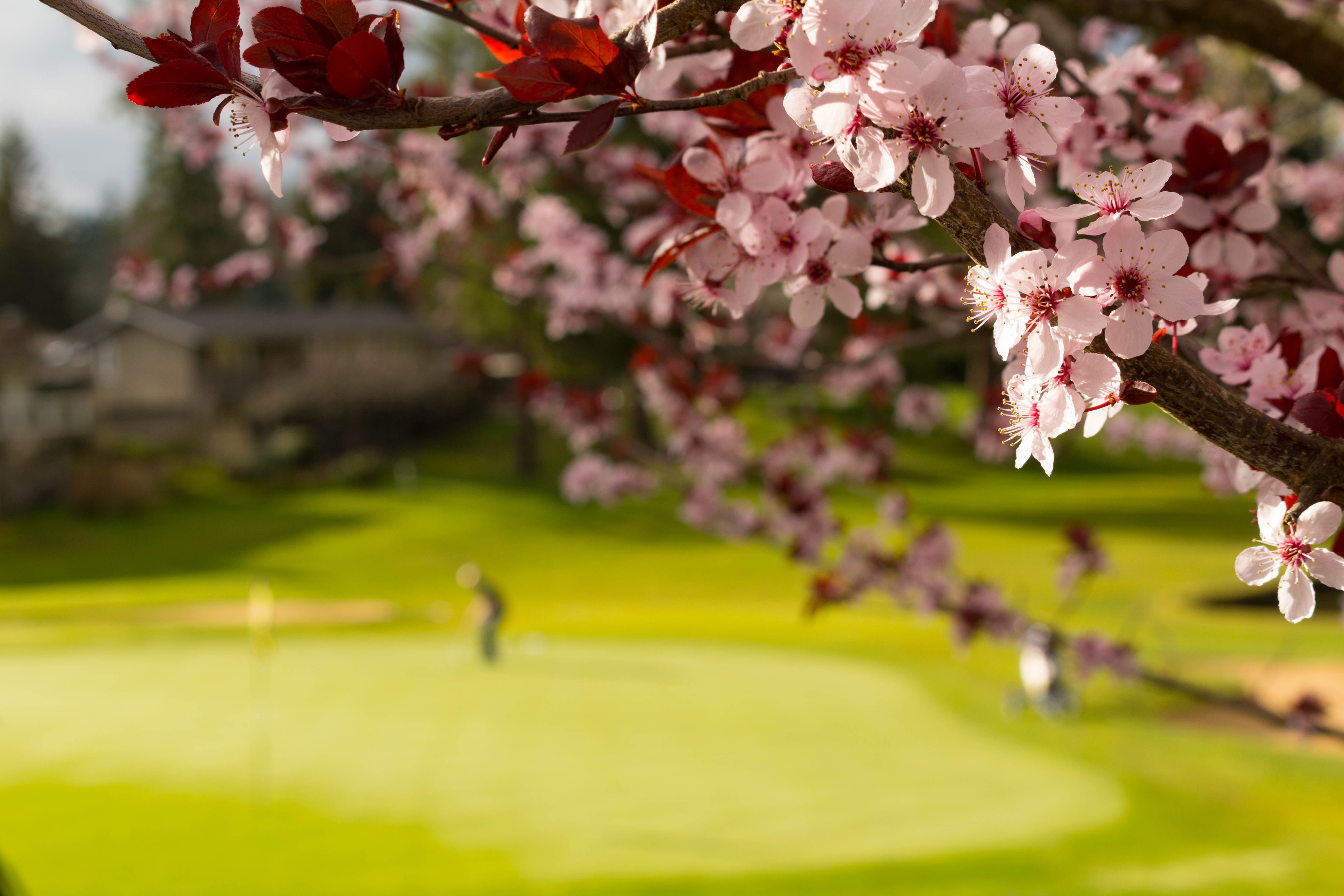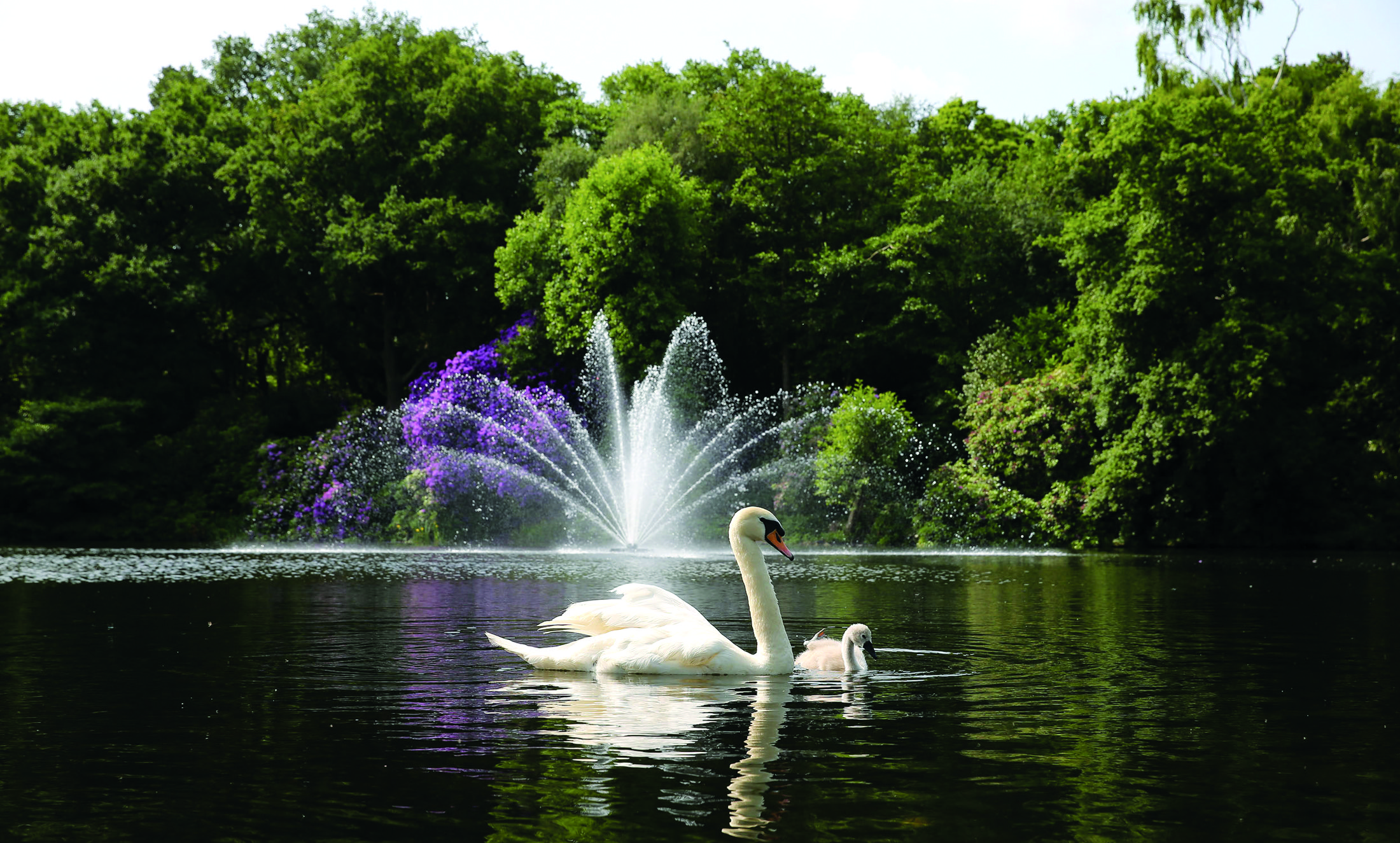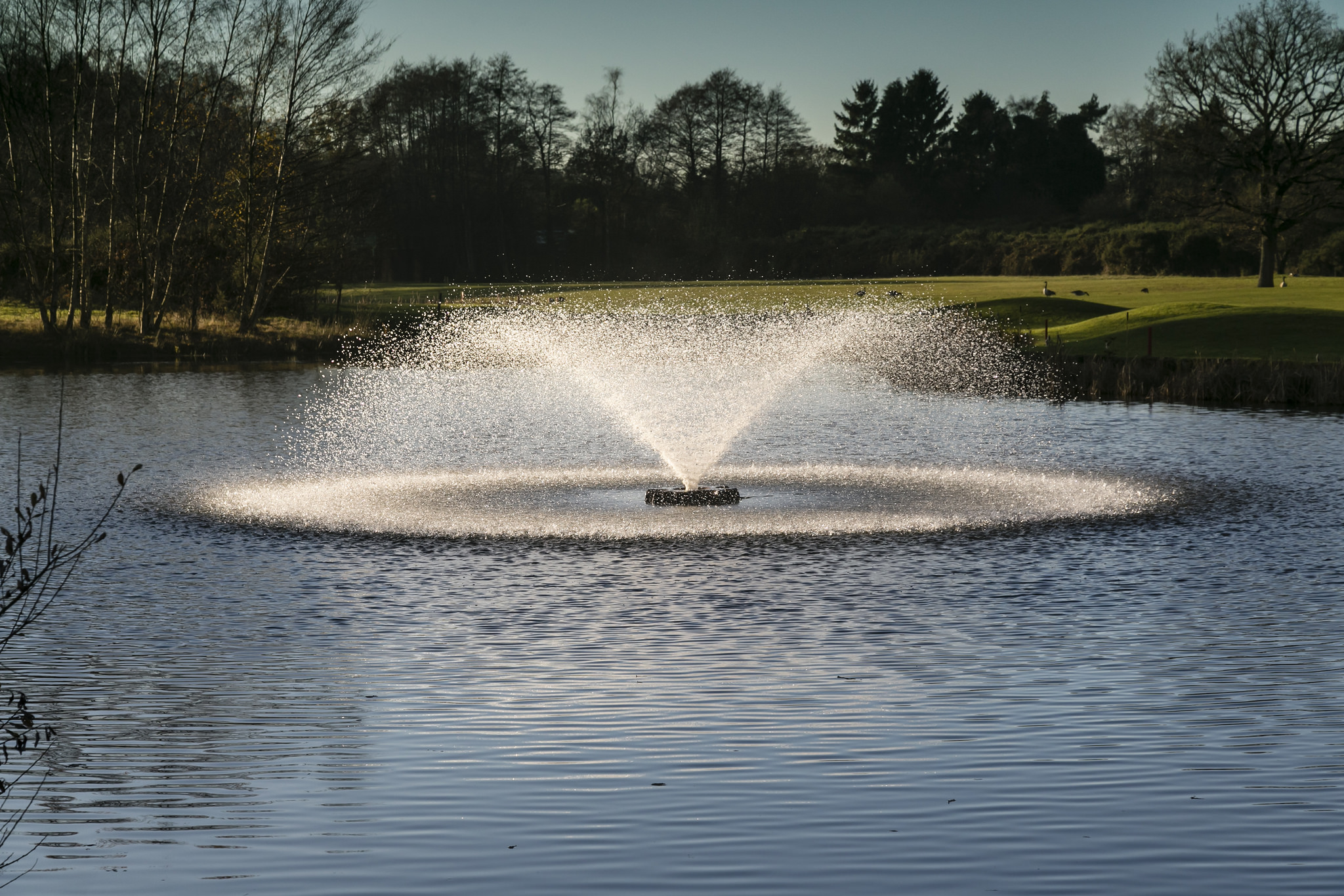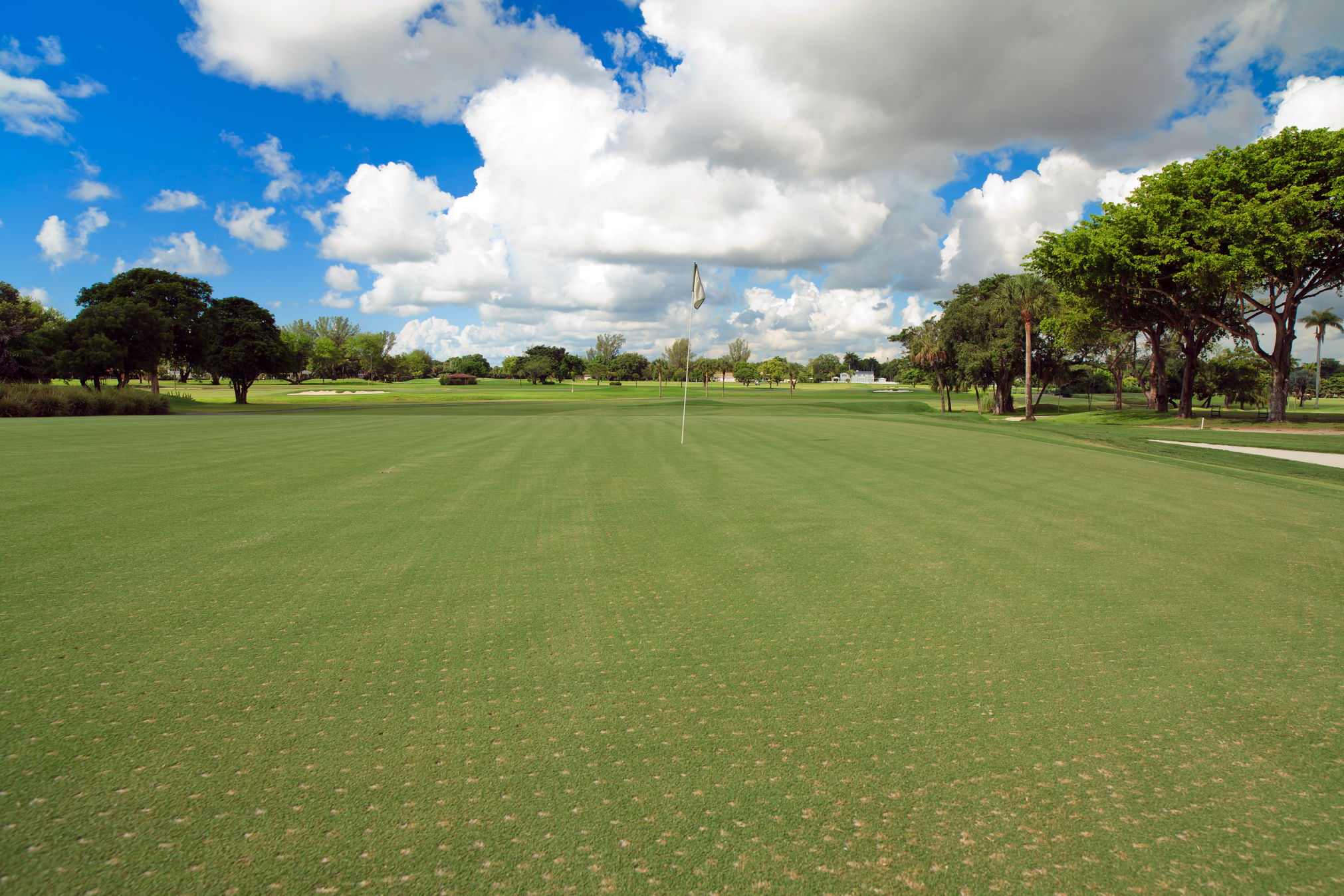- CONTACT US
- MOWERS
- VEHICLES
- APPLICATION
- Golf
- AERATORS
- VEHICLES
Pond Dynamics and Summer
CONTENTS
FEATURED STORIES

Reg Varney
Former International Regional Manager for Otterbine
Reading time: 10 minutes
Inside aeration for lakes and ponds
This time last year, we discussed the importance of understanding water quality issues and the causes, and how this understanding can help develop a balanced management and prevention programme for your water bodies. We looked at the main factors that impact water quality and here we return to discuss how seasonal factors can have dramatic effects.
As the seasons change so do pond and lake dynamics, and in summer in particular biological activity is heavily impacted. Understanding these factors will allow us as greenkeepers, course managers or property management professionals to find timely solutions to water quality problems this summer, says Reg Varney, international sales manager for water specialist, Otterbine.
The only constant you can count on in summer is nutrient loading in ponds and lakes. Leaves, water fowl, fish waste, dead and dying aquatic plants, including algae, sink to the bottom, and this results in an increase of the bacterial digestion rates, nutrient levels and biological oxygen demand. These increases throw a pond out of balance, adding to the sludge bed or the ‘aquatic compost’ pile at the bottom of the pond or lake. This sludge is guaranteed to give the lake manager bigger headaches within a year, unless dealt with.
Summer conditions create a need for supplemental aeration; this allows decomposition to occur at its maximum rate. Plant life changes significantly as well during summer thanks to the warmer temperatures, higher nutrient levels and light associated with it. This creates a high demand for oxygen when a pond’s ability to provide it is at its all-time low. Aeration systems give a pond or lake the extra boost they need to remain healthy and keep water quality high during the summer.
Time to aerate
Whether looking for a water quality management solution or simply aesthetic enhancement there are three basic types of pond and lake aerators to consider: surface spray aerators, air diffused systems and horizontal aspirators or mixers.
Each type has unique differences as well as efficiencies, which may be utilised in a variety of ways to achieve the maximum benefit for each unique water body. Below are some basic guidelines to take into account when selecting and installing an aeration system:
Selecting an aeration system
The size, shape and depth of a pond should dictate the type of aeration system, or combination of systems to be used; keep in mind that when water quality management is an objective the recommended size is 2hp per surface acre.
- Surface spray (floating) aeration systems
Ponds less than 15ft (4.57m) deep, or whenever a spray fountain effect is desired.
- Diffused aeration systems
Ponds 15ft (4.57m) and greater in depth, as well as when no surface spray is desired.
- Mixers and aspirators
Ponds less than 9ft (2.74m) deep where lateral movement is dictated, or no surface spray is desired.
Electrical requirements
In order to operate Otterbine systems efficiently you need to keep a few things in mind: what type of power is available (single phase or three phase)? How much of that power is available? How close is the pond or lake to the power source and is there anything else using that power source, excluding irrigation or lighting?
Make sure to review what electrical codes should be followed during the installation process. Finally, consider trenching wires in conduit vs. direct burial so they can be easily accessed in the future if needed.
Otterbine’s factory trained distributors are available worldwide and can provide free site analysis and assistance with deciding on the best lake aeration option. Having operating electricity is necessary before unit installation and start-up, and a certified electrician may also be required during the installation.
System installation
There are two ways of securing most units into position – anchoring to the pond bottom, and mooring to the pond’s edges either above or beneath the waterline.
If you’re planning to ‘do-it-yourself’, you’ll need to consider the method of securing and the quality of materials used, as these may impact safety, security and ease of service. When it comes to the tools and materials you need, make sure you have a shovel to bury/trench cable, conduit, stainless steel cable or nylon rope, cinder blocks, boat when anchoring and rebar or duckbill anchors when mooring. Diffused air systems do not require anchoring or mooring, but a boat is often required during installation.
Intensive landscaping around the pond such as retaining walls, waterfalls, and planting beds could affect the installation process, in addition to the future access for service or maintenance. Further coordination may be needed between the aeration installer and/or irrigation contractor in these circumstances.
Single phase vs. three phase power
Water quality management, beauty, pricing, product quality and warranty serve as primary factors when purchasing an aeration system. But power is a key, but often overlooked, factor.
Power comes in either single or three phase; each type possesses its own advantages.
Single phase
Single phase is more widely available in residential settings and is less expensive to purchase than three phase power units. Single phase is commonly called ‘residential voltage’ and relies on two-wire conductors to distribute power to create a single sine wave (low voltage).
Single phase summed up:
Three phaseThree phase power is most commonly used at commercial/professional sites and is recommended for larger ponds and lakes. These units are less expensive to operate than single phase power units. Units with this type of power only come in 3hp or higher. Three phase power relies on three coils mounted on the rotor at 120 degree intervals, which produce three sine wave voltages (high voltage). It’s used universally for power distribution. |
 |
Diffused air systems create a difference
There’s a simple solution to keep ponds and lakes clean and clear without the use of chemicals and without the need of motorised mechanisms. This solution is the often-overlooked diffused air system.
Fine-bubble diffused air systems first became popular in the 1970s and have since created a topic of wide debate over the aptitude of their effectiveness. While it has been proven that in less than six feet of water diffused air systems are not as effective as other types of aerators, research has shown that if placed accurately diffused aerators can be very effective in maintaining a deep body of water. They can also be beneficial in ridding a pond or lake from symptoms of oxygen depletion such as odour, discolouration, excessive algae, and fish kills.
The success of the diffused air system is held in its simple design. Each system comes equipped with three main components; an air compressor, an air hose, and a diffuser. The diffuser is placed on the floor of the pond after being attached to the air hose, which is fixed to the air compressor. The air compressor is located on-shore and also houses the electric motor. The compressor pushes large amounts of air through the hose and as the compressed air is squeezed through the diffuser, the result is thousands of air bubbles scrambling at an approximate rate of 1ft (30cm) per second from the bottom of the lake to the surface.
In this instance, the bubbles not only transfer the bottom water to the top, creating circulation and de-stratifying the pond, but they also replenish the oxygen supply throughout the water, and this allows for aerobic bacteria to rid the pond of noxious gases such as hydrogen sulfide and ammonia. Moreover, on the surface of the lake the bubbles create a smooth rippling effect which deflect sunlight from reaching the pond bottom, thus deterring algae growth.
As with any type of aerator, efficiency depends on a few factors. In this case, the most influential are the size of the bubbles being dispersed and the depth of lake, which should be 4.5m deep or greater.
Bubble size
As a general rule of thumb, researchers agree that the smaller the bubble, the more effective the system. This is primarily due to the fact that smaller bubbles tend to stay in the water longer, creating a greater residual effect and spreading across a greater surface area of the water while rising to the surface.
On the other hand, larger bubbles tend to rise to the surface quicker and as opposed to a smaller bubble, leave less time for oxygen to dissolve in the water.
The motion of bubbles to the pond surface has the capacity to move an enormous amount of water, estimated between 5000-8000 pounds per hour. Water circulation will increase as the depth increases, which means the greater the depth of the pond or lake, the better the water will be mixed and aerated. Scientists have determined that the peak efficiency depth is 15ft and studies indicate that for every three foot decrease in depth, the system's relative efficiencies drops by about 50 percent.
Proper placement of the diffuser is also highly relevant to the effectiveness of aeration, however, this matter is very site-specific. Since most ponds have varying depths and many are designed with what are called ‘dead spots’, it’s sensible to have a professional examine the site to determine where to place the diffuser so it will be both efficient and effective.
One of the greatest benefits of a diffused air system is that it neither uses any moving parts nor electricity in the water and for these reasons, it’s of the most popular aeration devices for large ponds and lakes.
So as the temperature rises there’s no need to despair, there’s plenty that can be done.
July 2018
Reesink UK LTD | 1-3 Station Road, St Neots PE19 1QF | Registered in England
Reesink UK LTD is authorised and regulated by the Financial Conduct Authority.










